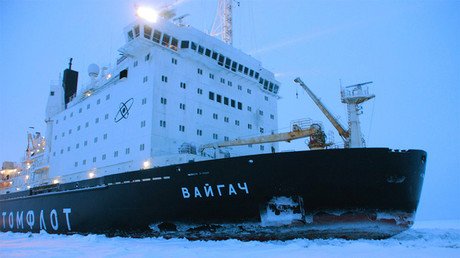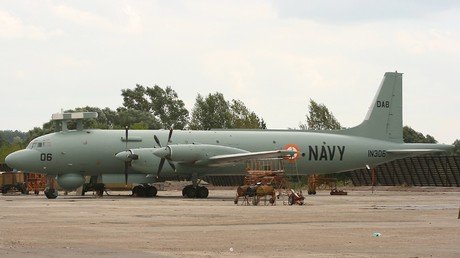Media meltdown as Russia’s first floating nuclear power goes on fueling trip (PHOTOS)
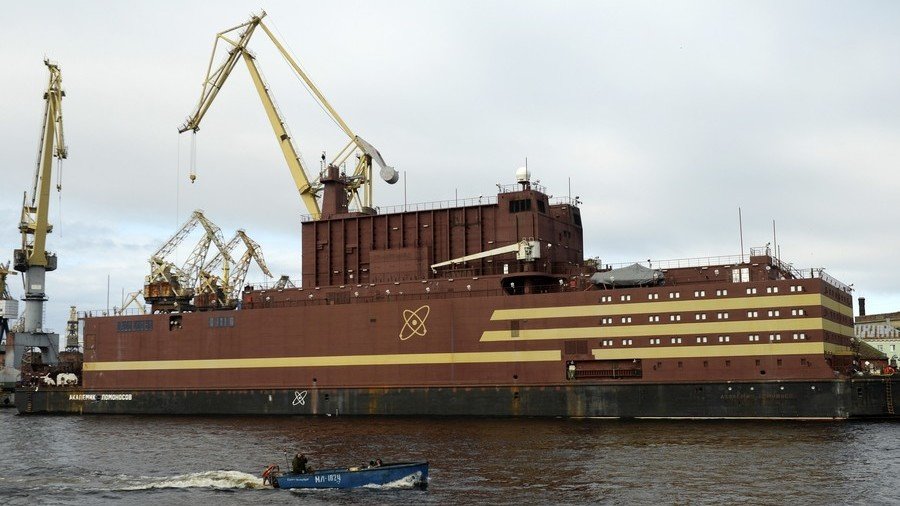
The first voyage of Russia’s floating power plant has sent media into an atomic frenzy, with the vessel getting branded as the ‘nuclear Titanic’ and a ‘floating Chernobyl’ even before it got its nuclear fuel loaded.
The ‘Akademik Lomonosov’ vessel, the first Russian floating nuclear power plant (FNPP), has embarked on its first voyage from St. Petersburg to Murmansk on Saturday. The plant will get its nuclear fuel loaded and will then be towed to Russia’s Far East. The ‘Akademik Lomonosov’ is expected to be put into service in 2019 in the Arctic, off the coast of Chukotka near the port of Pevek.
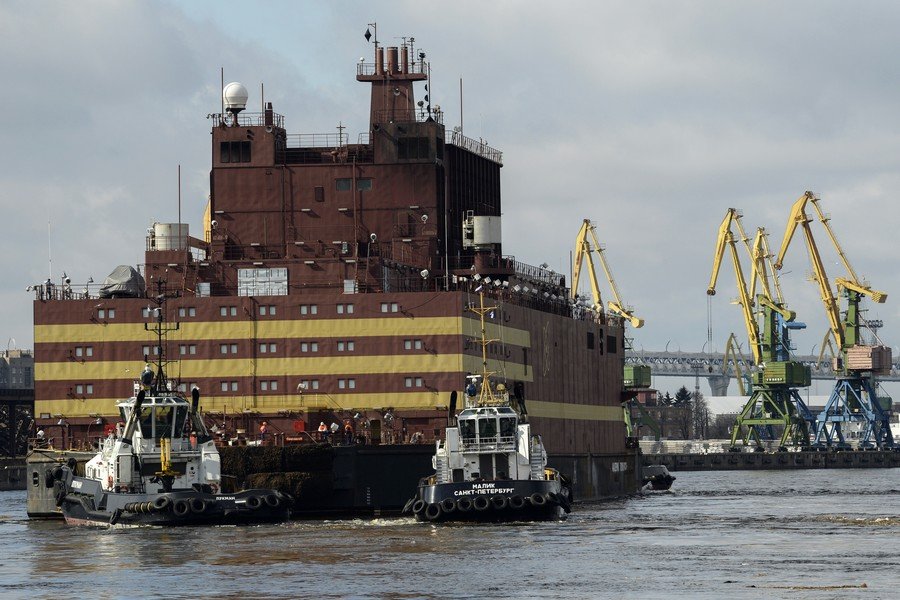
The first voyage of the massive installation has received wide coverage in the media, which focused, however, on potential hazards it might bear. The media cited various environmentalists, primarily from the Greenpeace, who promptly dubbed the FNPP a "nuclear Titanic" and a "floating Chernobyl."
“Nuclear reactors bobbing around the Arctic Ocean will pose a shockingly obvious threat to a fragile environment, which is already under enormous pressure from climate change,” Greenpeace nuclear expert Jan Haverkamp said in a statement, which was cited by numerous media outlets.
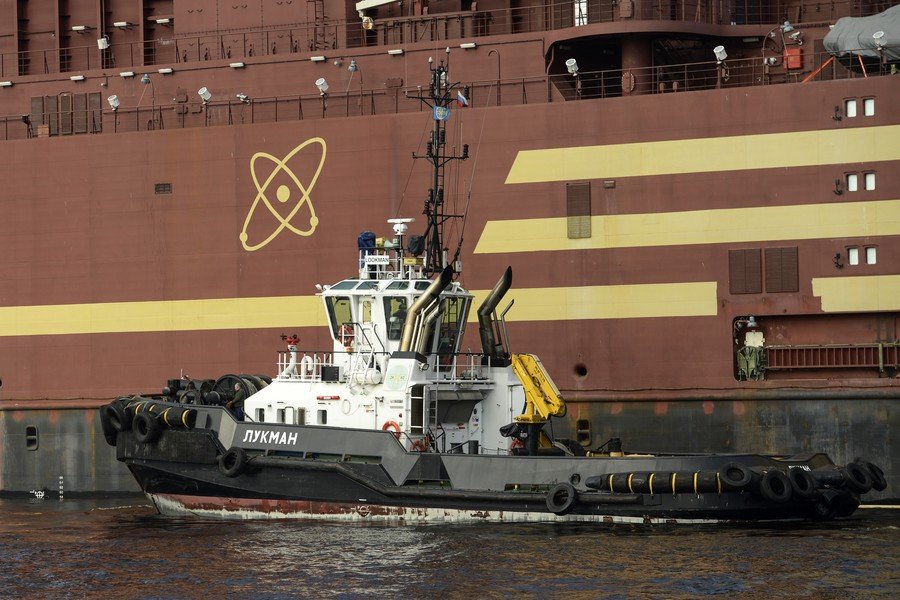
While the idea of a mobile nuclear plant has been floating on the minds of engineers for years already, the new Russian vessel is the first mass-produced power unit of the type. The media scare it created, however, looked like it was a first-ever nuclear reactor to set sail – which is obviously not the case.
Dozens of nuclear-powered submarines, operated by several nations in the world, including the US nuclear aircraft carrier fleet and assorted civilian nuclear-powered vessels, somehow do not receive such attention or such fearsome epithets. Moreover, the developer of the vessel, Russia’s Rosatom corporation, explicitly stated that all the potential hazards the FNPP might face were taken into consideration during its construction.
“The FNPP is designed with the great margin of safety that exceeds all possible threats and makes nuclear reactors invincible for tsunamis and other natural disasters. In addition, the nuclear processes at the floating power unit meet all requirements of the International Atomic Energy Agency (IAEA) and do not pose any threat to the environment,” the developer of the vessel said in a statement.
Despite that, Haverkamp claimed that the installation was “particularly vulnerable to tsunamis and cyclones,” without substantiating the allegations. So far, however, tsunamis sank roughly zero vessels housing a nuclear reactor, but they definitely did significant damage to the shoreline nuclear power plant in Fukushima. According to the environmentalists, the FNPP is also prone to terrorism, thick ice and issues with nuclear waste. While the ice might indeed be a new challenge, the other “concerns” equally fit the onshore installations.
The FNPP boasts two KLT-40S reactors, capable of producing up to 70 megawatts of electricity and 50 gigacalories an hour of heat energy. The reactors are a new modification of the KLT-40M units used by the Taymyr-class shallow-draft nuclear-powered icebreakers. While the main task of the FNPP is to provide remote industrial sites, as well as the offshore gas and oil platforms, with electric energy. A single unit can produce enough energy and heat to meet the demands of a city with 100,000 population.
FNPP's operational lifespan is 40 years, which can be extended to up to 50 years. Following the end of its life cycle, the unit can be taken away for reactor replacement and maintenance, without leaving any hazardous materials behind.
